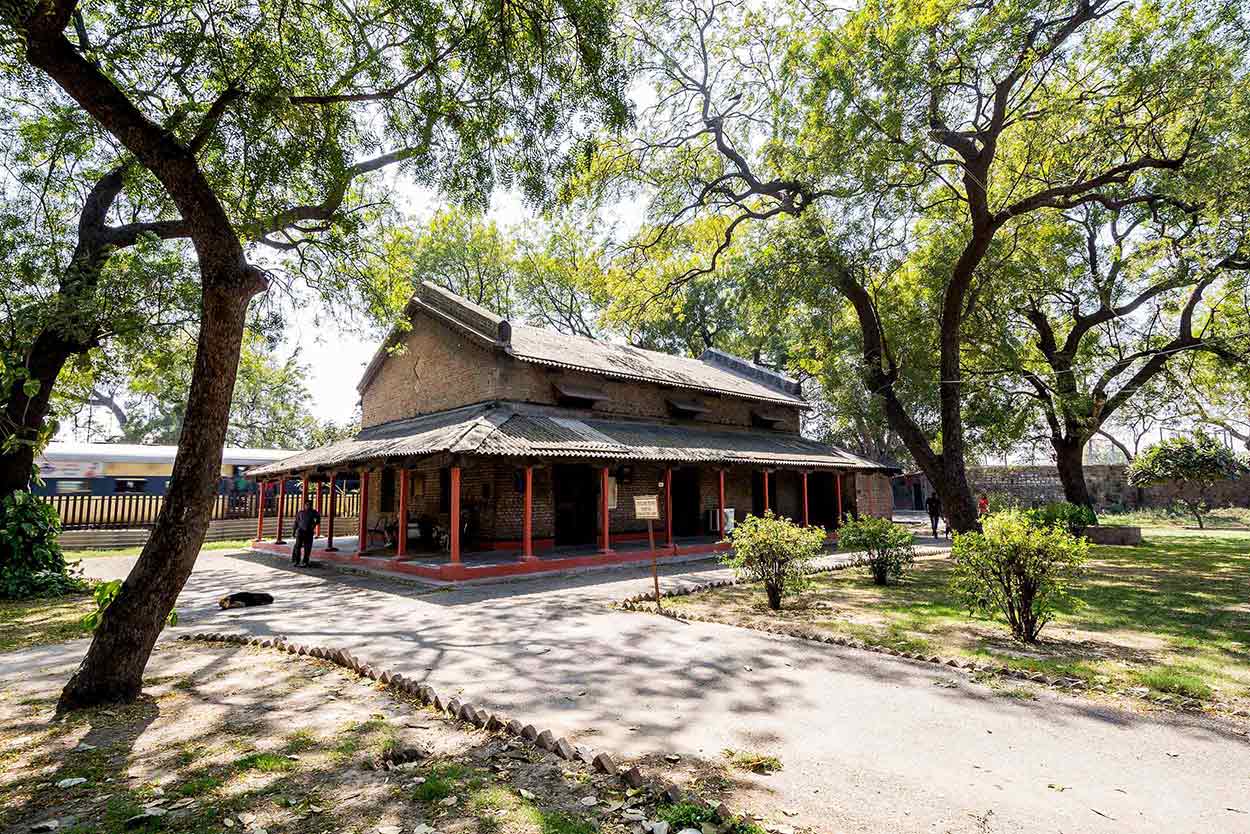Located on the northeast of the Red Fort, Salimgarh was built by Islam Shah Suri (1545 – 1554 AD), also known as Salim Shah, son and successor of Sher Shah Suri (1540 – 1545 AD). It remained unfinished during Salim Shah's death in 1552. Roughly semi-circular in plan with a circuit of walls about a kilometer in diameter, it originally stood on an island close to the west bank of the Yamuna River.
A portion of Salimgarh fort, which the Archaeological Survey of India initially took over from the Indian Army, was developed in 1995 as a memorial to the Indian freedom fighters. The two barracks which were used to imprison Shah Nawaz Khan, Prem Kumar Sahgal, Gurbaksh Singh Dhillon, and hundreds of other soldiers of the Indian National Army and other barracks are being maintained as a memorial. This memorial was originally a guard room constructed by the British army in 1916 A.D. During the historical INA trial, many of the prisoners were detained here.
The Archaeological Survey of India took over these barracks from the Indian army in 1992 for conservation and preservation on the occasion of the 50th anniversary of Quit India Movement and dedicated it to the INA heroes. The INA uniform worn by Col. Prem Kumar, riding boots, coat buttons of Col. Gurbaksh Singh Dhillon, photographs of Netaji Subhash Chandra Bose and others are on display. In one of the galleries, excavated material and photographs of the excavation carried out by the Archaeological Survey of India inside the fort in 1995 are also on display.
28.6561592, 77.2410203


Foreigners: ₹500
(Entry Ticket for Red Fort, entry to the museum is free)
